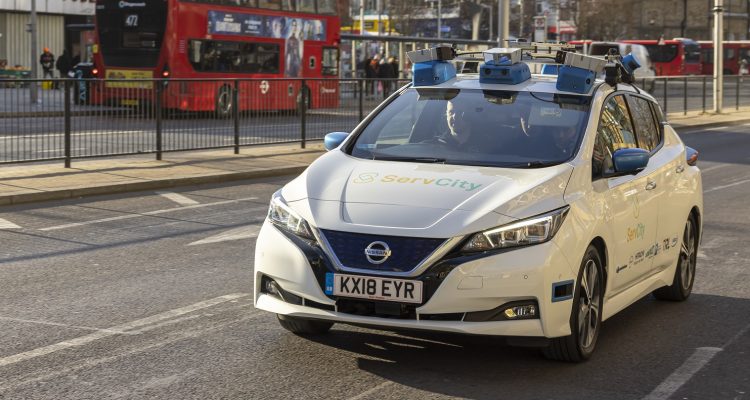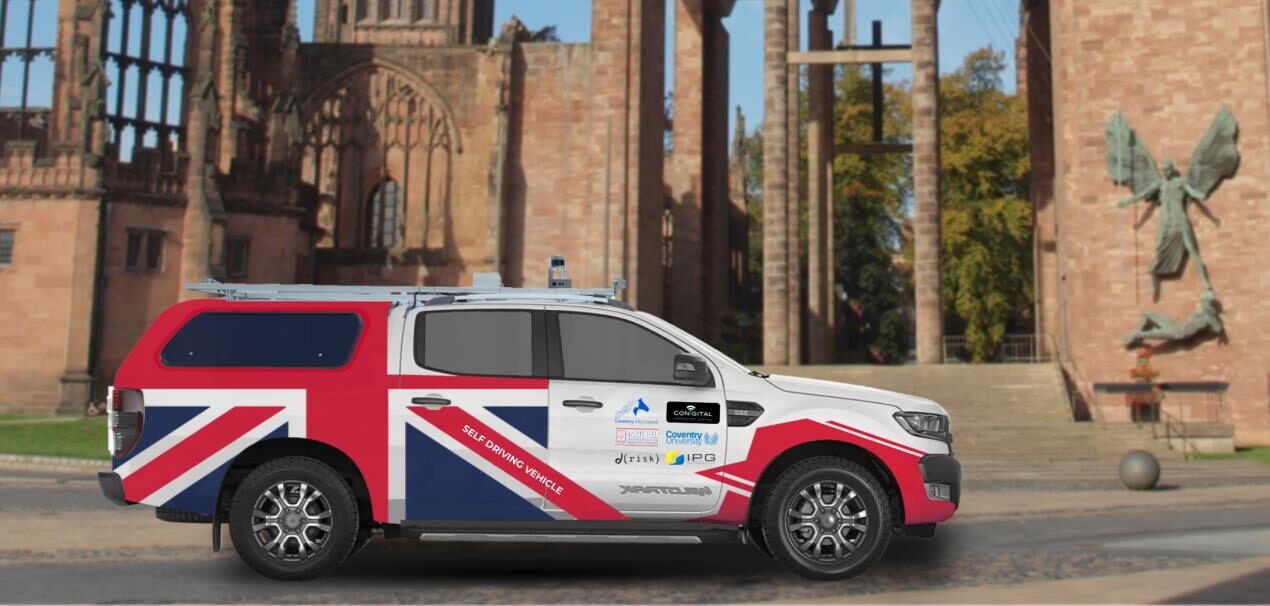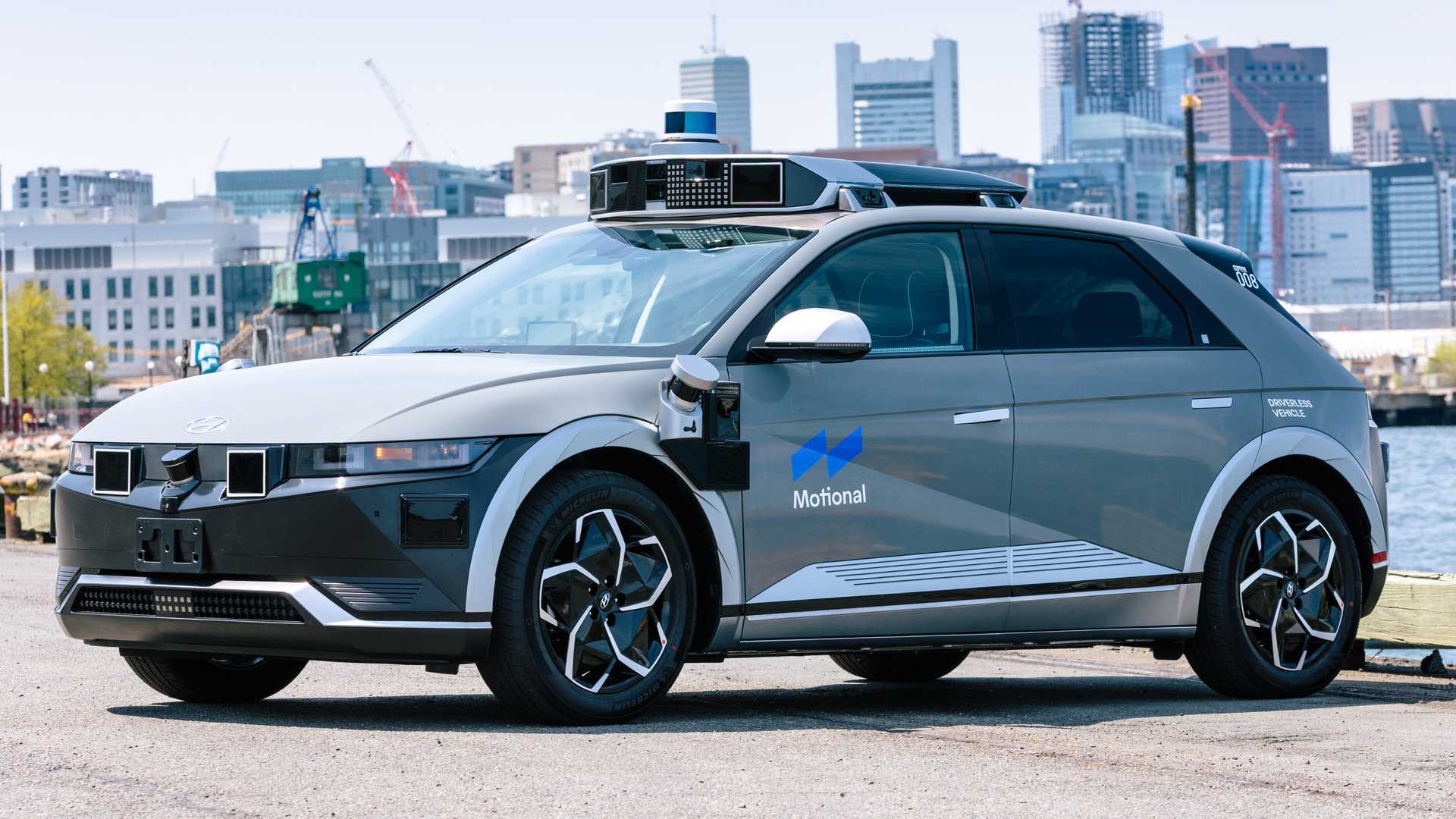ServCity, autonomous driving project backed by Nissan and the UK government, has recently concluded after successfully completing 1,600 test miles in Greenwich, London. The project used a Nissan LEAF electric car to develop a “blueprint” for integrating self-driving vehicles into cities and testing the feasibility of “robotaxi” services.
Robert Bateman, Nissan Project Manager for ServCity, said that the project’s completion marked a significant step towards the future deployment of autonomous mobility. “With more than 115 people involved and almost 16,000 working days clocked up across the consortia during the lifetime of the project, ServCity represents an important step towards future deployment of autonomous mobility,” Bateman said.
See also: Autonomous Taxi Startup Pony.ai get a taxi license in China
The ServCity consortium included Nissan, Connected Places Catapult, TRL, Hitachi Europe, the University of Nottingham, and SBD Automotive. During the project, the autonomous vehicle utilized Smart Mobility Living Lab’s roadside sensors and “data processing suite” to aid in its decision-making.
Jesse Norman, the UK’s Transport Minister, stated that the government had invested £7m in the project to be at the forefront of innovation. “Since then ServCity has proven key to answer the practical questions of how to integrate self-driving vehicles into cities for the public good,” he said.
The ServCity project’s success is crucial as the UK government has set a 2025 target for autonomous vehicles to appear on UK roads, supported by a £100m funding boost. Nissan is not the only company developing and testing autonomous driving technology in the UK. A consortium consisting of supermarket Asda and HVS was recently awarded a £6.6m government grant to develop a self-driving, hydrogen-powered truck. Oxbotica also secured £115m in its Series C funding round last month for its autonomous vehicle software.
See also: Nissan LEAF to Provide Power to Evacuation Centers During Natural Disasters in Japan
In conclusion, ServCity’s successful conclusion brings us a step closer to the integration of autonomous vehicles into our cities. With continued investment and progress in this field, we can look forward to a future where self-driving cars and robotaxis become a safe, efficient, and accessible mode of transportation for everyone.







